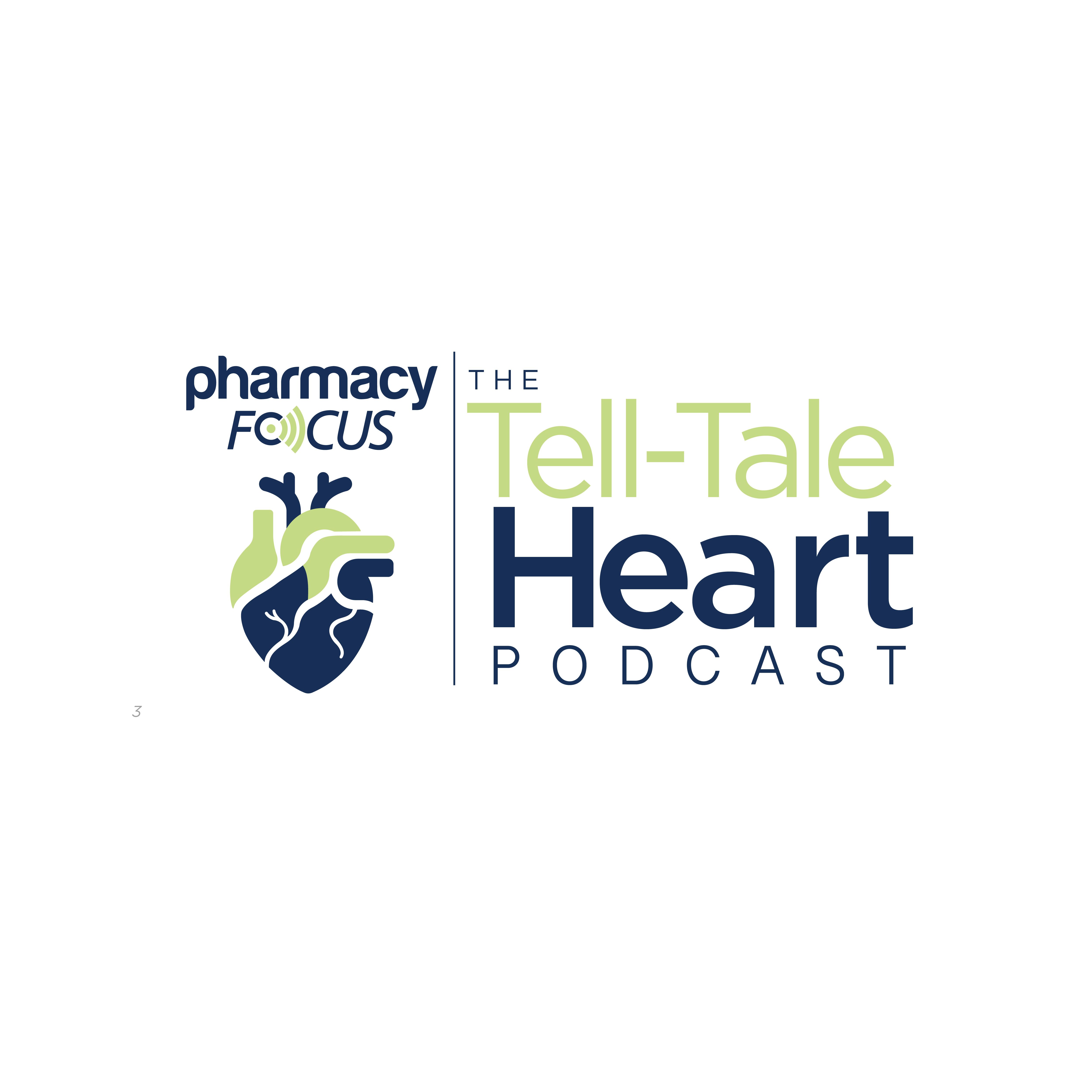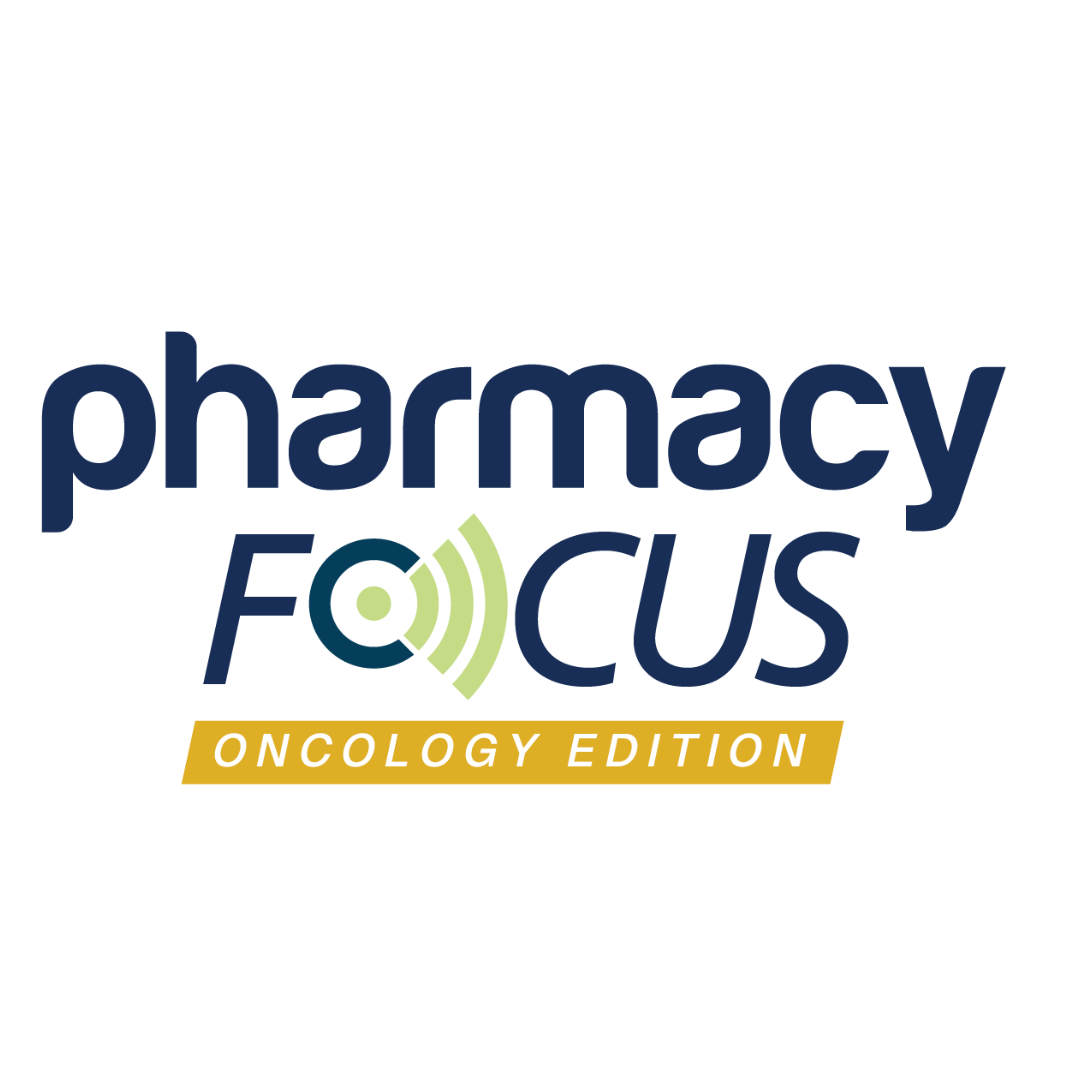News
Article
AAN 2025: Fremanezumab Superior to Placebo in Reducing Monthly Migraine Days in Children and Adolescents
Author(s):
Key Takeaways
- Fremanezumab significantly reduced monthly migraine days and acute medication use in children and adolescents compared to placebo, with effects seen as early as month 1.
- The SPACE trial, a phase 3 study, confirmed fremanezumab's safety and efficacy in pediatric patients, with no new safety signals observed.
Numerical differences were observed as early as Month 1.
When compared with placebo, fremanezumab (Ajovy; Teva Pharmaceuticals) was superior in reducing monthly migraine days, monthly headache days, and days with acute medication use in pediatric and adolescent patients with migraines, according to clinical data presented at the American Academy of Neurology Annual Conference, hosted in San Diego, California. These numerical differences, according to speaker Christina Szperka, MD, associate professor of neurology and pediatrics, Perelman School of Medicine at University of Pennsylvania, director of pediatric headache program at the Children’s Hospital of Philadelphia, were observed as early as month 1, and had no new safety signals.
Image credit: irena_geo | stock.adobe.com

Current state of migraine treatments for younger patients involves a combination of nonmedication approaches plus medication to treat acute attacks. It is recommended that preventative treatment is used in children with frequent acute migraines, particularly in those who experience significant disability because of their attacks. In prior clinical trials, there are higher rates of placebo group response, and although Szperka acknowledges that it can be a positive, it makes it difficult to prove efficacy of the investigational drugs in trials.
“It's been 6 years since [the most updated] guidelines came out. Real-world right now is that when we treat, we essentially use something preventive. In the majority of children, the first thing that they receive is a pill-based preventive [treatment]. We use a combination of both these prescription medications as well as supplements. The problem with supplements is they can be actually quite helpful, but they're not regulated, and they can be costly, so, we really need safe treatments with proven efficacy,” explained Szperka.
The multicenter, randomized, parallel-group, double-blind, phase 3 clinical trial, SPACE (NCT04458857), aimed to assess the efficacy, safety, and tolerability of fremanezumab as a preventative treatment of episodic migraines in youth. The trial enrolled children and adolescents aged 6 to 17 years with 14 or more headache days per month in each of the 3 months prior to screening.
Patients were randomly assigned to receive either subcutaneous fremanezumab (n= 123)—in which 36 patients weighing less than 45 kg received 120 mg, and 87 patients weighing 45 kg or more received 225 mg—or placebo (n = 112). According to Szperka, 10 patients withdrew from the trial (120 mg: n = 3, 8%; 225 mg: n = 1, 1%; placebo: n = 6, 5%) because of noncompliance, an adverse event (AE), lost to follow-up, or because of their parent/guardian initiating a withdrawal.
The trial’s primary end point was the mean change from baseline in monthly average of migraine days over 3 months. Secondary outcome measures included the number of participants with treatment-emergent AEs, as well as changes from baseline in quality of life and disability scores.
In this patient population, fremanezumab significantly reduced monthly migraine days compared with placebo (–2.5 vs –1.4; P = .0210), and this was noticeable as early as month 1. Specifically, significantly higher proportion of patients achieved at least a 50% response on fremanezumab (47.2%) than on placebo (27.0%; P = .0016) at the 3-month period. Benefits were similar across both age subgroups—6 to 11 years and 12 to 17 years—as well as between boys and girls. Additionally, the data also showed that fremanezumab significantly reduced the use of acute migraine medication when compared with placebo (–2.1 vs –1.0; P = .0016).
An insignificant trend was shown in favor of fremanezumab on the Pediatric Migraine Disability Assessment scale, with mean changes of about –21.6 and –15.3 in the fremanezumab and placebo groups, respectively. Additionally, changes from baseline to 3 months in Pediatric Quality of Life Inventory scores were considered more significant, with mean changes being +5.7 and +6.2 in these respective groups.
AEs were similar between the fremanezumab groups (55%) and placebo group (49%). There were no AEs that led to death, and any AEs that led to treatment discontinuation were not believed to be a result of the trial treatment, according to Szperka.
“There were no significant differences in disability or quality of life scores. The AEs were similar to those in the adult trials, with no new safety signals,” concluded Szperka. “[SPACE] is the first completed phase 3 trial of CGRP-targeted therapies in children and adolescents, demonstrat[ing] both safety and efficacy.”






